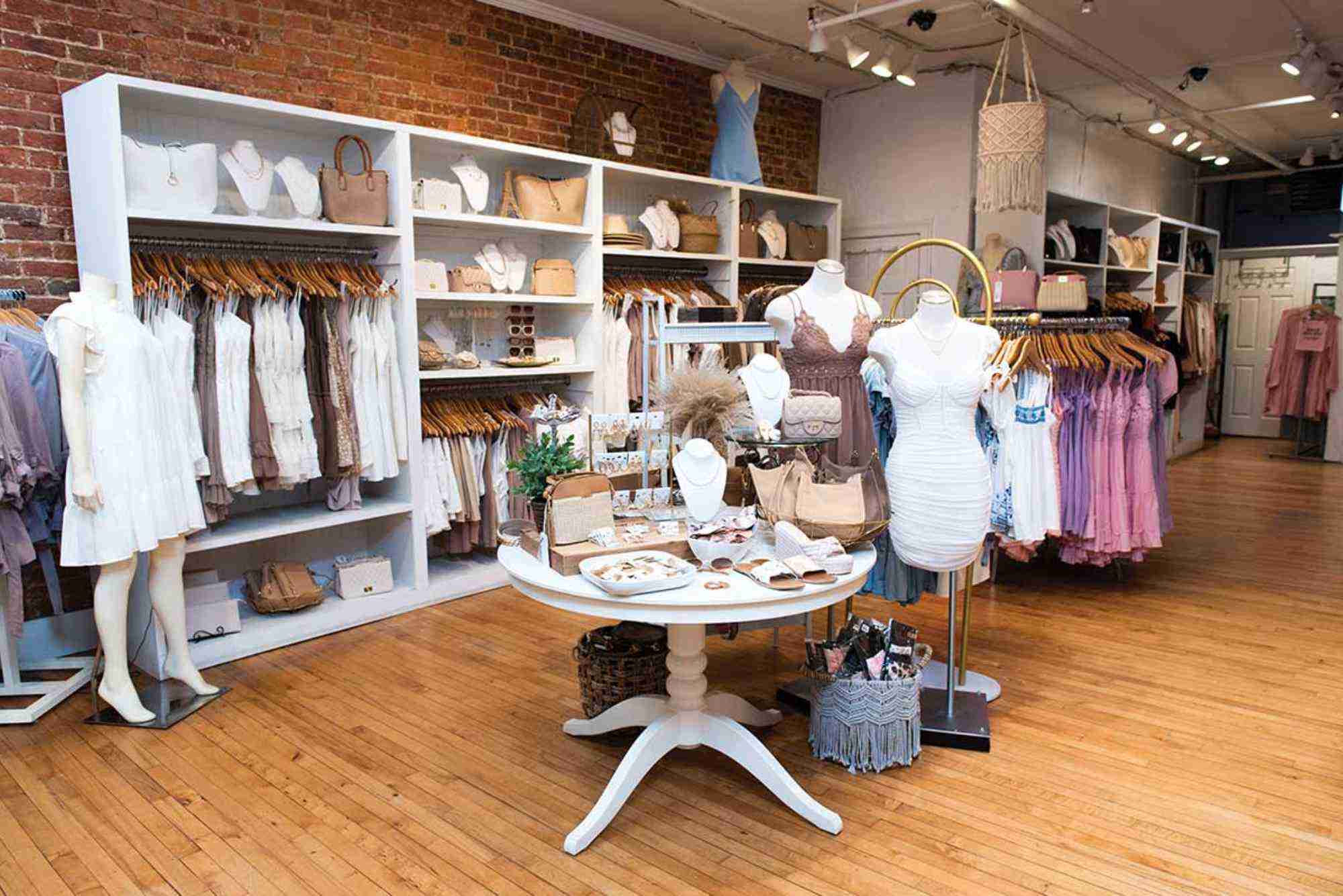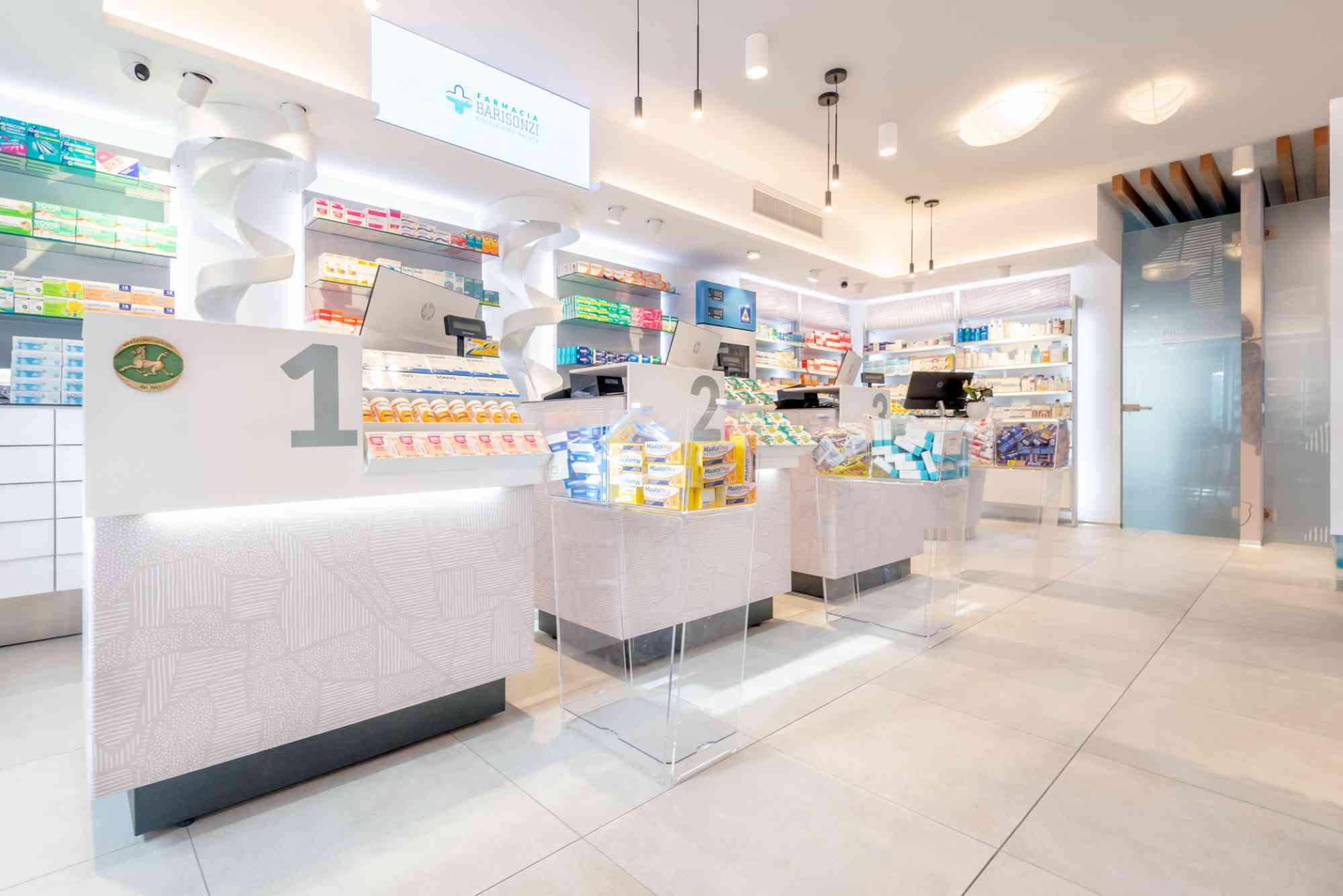Introduction
Understanding where to line up and where to skip can save time, reduce stress, and make any trip or shopping experience more enjoyable. Whether you are navigating airports, busy attractions, or outlet malls, knowing how to make smarter choices helps you avoid unnecessary waits. In this guide, you will learn practical, experience-based tips on where to queue, where to walk past, and how to make your day flow smoothly.
Why Knowing Where to Line Up and Where to Skip Matters
Every crowded place follows a pattern. Some lines move quickly because the process is efficient. Others stay slow, no matter how many staff members jump in. When you understand where to line up and where to skip, you take control of your time. You avoid bottlenecks, you dodge frustration, and you enjoy more of what you actually came for. This approach turns a chaotic day into a confident, well-planned experience.
Where to Line Up and Where to Skip in Airports
Airports are famous for long queues. However, not all lines deserve your time. Some are essential, while others can be avoided with planning.
Security Checkpoints
Security is the one place where you must line up because skipping is not an option. Still, you can choose the smarter line. Look for checkpoints with more lanes open. Experienced travelers often pick lines behind business travelers because they move faster. Families with small children take longer because of strollers and extra items. If your airport offers express security or mobile pre-screening, take advantage of it. Although you must line up, choosing the right line cuts waiting time significantly.
Check-In Counters
Modern airports allow online check-in for most flights. This is one area where you should skip the line whenever possible. Online check-in lets you walk straight to baggage drop or even move directly to security if you travel without luggage. If you do need the counter, choose lines marked for priority or self-service kiosks. These options move faster than traditional counters, and many travelers still ignore them. When you understand where to line up and where to skip inside airports, you move like a seasoned traveler rather than a confused first-timer.
Immigration and Passport Control
Immigration is unavoidable, but you can still make smarter choices. Some airports offer e-gates for biometric passports. These lines are often shorter and faster than manual counters. If you do not qualify for e-gates, observe the crowd. Lines with large travel groups move slower because they process passengers together. Skipping group-heavy lines saves time and energy. This is another example of why being aware of where to line up and where to skip helps in busy travel environments.
Where to Line Up and Where to Skip in Theme Parks and Attractions
Theme parks attract huge crowds, especially on weekends and holidays. Standing in the wrong line can waste hours. The trick is understanding which lines are worth your time and which ones to avoid.
Main Entrance Gates
The entrance is usually the most crowded area. Many people choose the first gate they see. Instead, walk toward the farthest gates. These lines tend to be shorter because most visitors stop early. When gates open, avoid joining noisy groups or families with many bags. Choose lines with adults or solo visitors. They enter faster and experience fewer delays. This is a simple but powerful example of where to line up and where to skip.
Ride Queues
Popular rides always have long lines. Some are worth waiting for, while others are better later in the day. Early morning is the best time to line up for top rides. Afternoon crowds are larger, and wait times jump. If the park offers express passes or virtual queues, use them. They allow you to skip traditional lines and enjoy more rides in less time. Learning where to line up and where to skip inside theme parks makes the entire visit smoother and far more enjoyable.
Food Stalls and Dining Areas
Theme park restaurants get busy at peak hours. Instead of lining up during lunch rush, eat early or late. Food stalls near major attractions are crowded, while stalls tucked behind gift shops stay quieter. Walking an extra minute often saves twenty minutes of waiting. Many travelers overlook this simple pattern, but it changes the entire day.
Where to Line Up and Where to Skip in Shopping Centers and Outlets
Shopping areas are full of lines. Some are worth joining for deals or service. Others are avoidable with the right timing.
Store Entrances
During sales, some stores form entrance queues. You should line up only when the store is known for extremely limited stock or heavy discounts. If the store offers similar deals inside without restrictions, skip the line and return later. Many people join entrance queues out of fear of missing out. Smart shoppers assess the situation. If the line moves slowly and the store is not exclusive, your time is better spent elsewhere. This mindset reflects the heart of where to line up and where to skip during shopping trips.
Fitting Rooms
Fitting room lines get long in popular outlets. Instead of waiting, try to visit during quieter times. Early mornings and late afternoons are usually smoother. Some stores allow you to purchase and return later if the size is wrong. In that case, skipping the fitting room line becomes a practical choice. If you really need to try items, choose stores with multiple changing sections rather than a single shared one.
Checkout Counters
Checkout is the final hurdle. Many stores have both staffed counters and self-checkout machines. When the staff counters look crowded, check the self-checkout area. People avoid it when holding many items, but it is perfect for small purchases. When buying many items, observe which cashier handles customers quickly. Some cashiers scan faster and communicate better, which speeds up the entire queue. When you know where to line up and where to skip at checkout, your shopping trip ends smoothly instead of with frustration.
Where to Line Up and Where to Skip in Cities and Daily Life
Even outside travel and shopping, everyday activities involve decisions about queues.
Public Transport Lines
Bus stops and metro stations become busy at rush hours. Instead of joining long lines at the front doors, walk toward less crowded coach sections. These areas fill last and empty first. Choosing where to line up and where to skip on public transport saves time and reduces stress during your daily routine.
Banks and Government Offices
These places are known for slow service. To avoid long waits, always check if the institution offers online appointments. Booking ahead allows you to skip walk-in lines completely. If an appointment is not possible, visit early in the morning or late in the afternoon. Middle-of-the-day visits always have the longest queues.
Food Courts and Cafes
Cafes near main entrances stay crowded. Instead of lining up there, walk deeper inside the food court. Smaller vendors farther from entrances serve faster because they receive less foot traffic. This small decision reflects the principle behind understanding where to line up and where to skip.
Practical Mindset for Deciding Where to Line Up and Where to Skip
You do not need complex rules to handle queues. A simple mindset helps you make smart decisions anywhere.
Look at the people in the line. A queue of families moves slower than a line of office workers. Observe staff efficiency. Some employees work faster than others. Walk to the end of the row instead of joining the first visible line. Most people stop early and miss shorter options a few steps away. Check alternative services. Machines, apps, and online check-ins help you skip many queues entirely. With this mindset, you use your time more wisely.
Mastering where to line up and where to skip transforms your day. You save time, protect your energy, and move through busy places like a pro. Whether at airports, malls, theme parks, or in daily life, these simple strategies help you avoid long waits and enjoy more of what truly matters. If you want personalized tips for a specific destination or shopping trip, feel free to ask. I can guide you step by step and help you plan smarter.
FAQ Section
Is it faster to use self-checkout or staffed counters?
Self-checkout is faster when you have a small number of items. Staffed counters are better for large baskets or complex purchases.
Why do some airport lines move slower even when they look shorter?
The speed depends on the passengers, not the length. Families, tourists, and large groups take longer to process.
What is the best time to avoid lines at malls and outlets?
Early mornings and weekday afternoons have the shortest lines. Evenings and weekends are usually the most crowded.
Is it worth buying express passes at theme parks?
Yes, if the park is crowded or you have limited time. Express passes help you skip long ride queues.
How can I reduce waiting time during travel?
Check in online, travel early, use e-gates, and avoid lines with tour groups.




